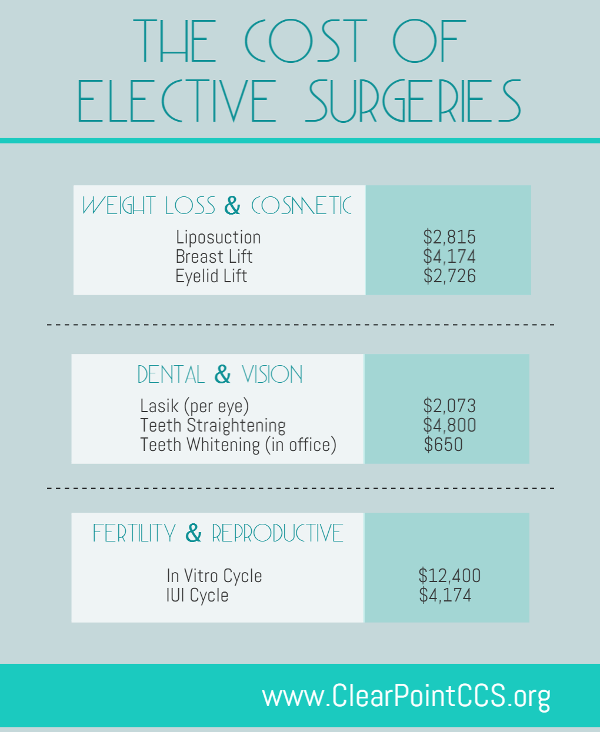AHAs are an essential component for unclogging pore clogs and lightening up acne-prone skin. They function by breaking down dead skin cell build-up to promote newer, fresher cells, and preventing future clogs.
Developing topical AHAs demands thorough attention to different crucial variables that significantly affect their effectiveness and tolerability. Keeping the optimal pH range, together with automobile option and focus, amplifies their exfoliative characteristics while alleviating possible damaging responses.
Glycolic acid
Glycolic acid is known for its mild yet efficient exfoliating buildings, which promote skin's natural shedding and loosen the "glue" that holds dead cells on the surface of the skin. This assists unblock pores and lessen the look of great lines and creases, as well as improve overall skin texture and tone.
Remarkably, topical glycolic acid has likewise been revealed to promote the manufacturing of collagen, which is critical in maintaining skin's firmness and elasticity. It is essential to note, nevertheless, that since glycolic acid can promote the skin's level of sensitivity to sunshine, it is important to put on sun block when making use of any kind of items having this active ingredient.
Skin doctors pay mindful focus to the solution of items consisting of AHAs in order to maximize their efficiency and tolerability. Creating AHAs with the proper automobile, together with pH and concentration considerations, enables ideal skin infiltration while lessening prospective unfavorable reactions. This is particularly essential for patients with sensitive skin, given that AHAs are recognized to be gently bothersome.
Lactic acid
Lactic acid is discovered in lots of over the counter skin care products and some stronger specialist peels and therapies. It has the most affordable molecular weight of all the AHAs and has the ability to permeate deeper into the skin, where it is extra reliable at unclogging pores and scrubing.
Like glycolic acid, it likewise promotes collagen synthesis, which helps diminish fine lines and creases and enhance skin structure. Additionally, it has moisture-retention properties, that makes it preferable for drier skin types than other AHAs.
The extensive body of professional information corroborating the effectiveness of topical AHAs supports their energy in a variety of skin-related conditions and aesthetic concerns. These consist of complex skin renewal procedures, depletion of great lines and wrinkles, lightening rejune mega skin care of hyperpigmentation, therapeutic treatment for actinic keratosis, and acne administration [2] Optimizing the solution of AHAs by stabilizing pH, concentration, and lorry option even more enhances their healing capacity. These cautious considerations make it possible for skin specialists to deliver secure and efficient treatments that give remarkable medical outcomes.
Mandelic acid
Mandelic acid, originated from almonds, is one more participant of the AHA household and is a prominent ingredient in items that assist treat acne. Its bigger molecular dimension means it passes through the skin a lot more slowly and delicately, which can decrease the potential for irritability. It's likewise much less most likely to trigger soreness and other skin level of sensitivity problems, making it suitable for delicate skin types.
Mandelic Acid is believed to help reduce swelling and boost hydration. It functions by loosening the bonds in between dead skin cells, enabling them to shed and expose fresher-looking skin. It also helps in reducing the appearance of bigger pores.
Formulating topical items with AHAs requires a specific balance of vital elements that significantly affect their efficacy and tolerability. Particularly, the pH of an AHA formulation has actually been shown to play an important role in its capability to promote peeling and enhance complexion and texture. Accomplishing this optimum concentration is a tough goal and calls for meticulous focus to the various aspects that impact the formula procedure.
Citric acid
Citric acid, discovered in citrus fruits such as oranges and lemons, is a light AHA. It's less bothersome than glycolic or lactic acid, making it more suitable for delicate skin. It additionally has astringent homes, aiding to dry out excess oil.
Like various other AHAs, citric acid can be used in chemical peels and everyday active/maintenance therapies to exfoliate the skin and advertise cell turnover. It can help reduce the look of dark spots and hyperpigmentation, in addition to great facial lines.
It can likewise raise the synthesis of glycosaminoglycans, which play an essential duty in strengthening the skin barrier feature. This helps to prevent trans-epidermal water loss, and keep optimal hydration degrees in the skin [35]
AHAs can be incorporated with relaxing active ingredients such as ceramides or hyaluronic acid to boost their tolerability. They can be integrated right into day-to-day active/maintenance skincare with lotion or serum formulas. This permits practitioners to tailor their AHA therapies based upon patient requirements and choices, with the adaptability of choosing from different therapy strengths or concentrations.
